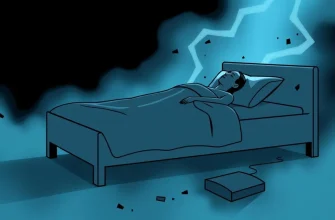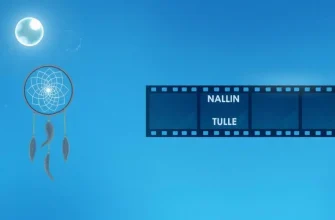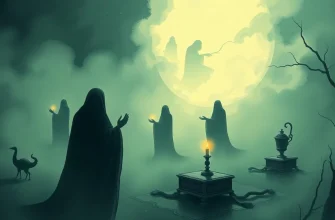Delving into the realm of lucid dreaming, this curated collection of films explores the mystical and often surreal experiences one can encounter in the dream state. These movies not only entertain but also provoke thought on the nature of reality, consciousness, and the power of the human mind. Whether you're a fan of psychological thrillers, fantasy, or simply intrigued by the concept of controlling your dreams, this list provides a fascinating journey through the subconscious.
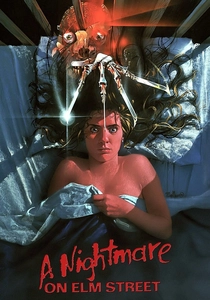
A Nightmare on Elm Street (1984)
Description: While primarily a horror film, it explores the concept of dreams as a battleground where Freddy Krueger can kill his victims. The idea of being aware in a dream and facing a real threat within it ties into the theme of lucid dreaming.
Fact: Wes Craven was inspired by articles about a family who died in their sleep from unexplained causes, which he linked to the idea of being killed in dreams.
 Watch Now
Watch Now
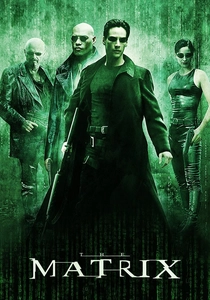
The Matrix (1999)
Description: Although more about virtual reality, the idea of questioning reality and the ability to manipulate one's environment within the Matrix can be seen as a metaphor for lucid dreaming.
Fact: The Wachowskis were influenced by various philosophical and religious texts, including Plato's Allegory of the Cave, when creating the film's concept.
 Watch Now
Watch Now
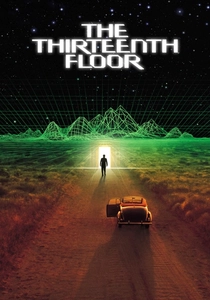
The Thirteenth Floor (1999)
Description: While not strictly about lucid dreaming, it deals with virtual reality and simulated worlds, which parallels the concept of controlling one's dreams. The film's twist on reality and perception adds depth to the theme.
Fact: The movie is based on the novel "Simulacron-3" by Daniel F. Galouye, which explores similar themes of simulated realities.
 Watch Now
Watch Now
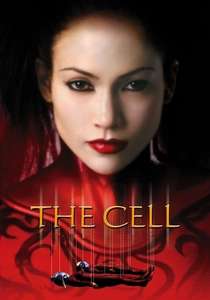
The Cell (2000)
Description: A psychologist enters the mind of a comatose serial killer to find his latest victim, exploring the dark and twisted landscapes of his subconscious. The film's use of surreal imagery and dream sequences makes it a compelling entry into the lucid dreaming theme.
Fact: The film's director, Tarsem Singh, was inspired by the works of Salvador Dalí and H.R. Giger for the dream sequences. The movie's visual effects were groundbreaking at the time.
 Watch Now
Watch Now
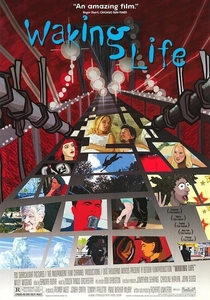
Waking Life (2001)
Description: This animated film follows a young man who finds himself trapped in a continuous dream, questioning the nature of reality and existence. Its rotoscoping animation style adds to the dreamlike quality, making it a visual and philosophical exploration of lucid dreaming.
Fact: The film features numerous philosophical discussions, with many real-life philosophers voicing their own characters. It was shot on digital video before being animated, giving it a unique visual texture.
 Watch Now
Watch Now
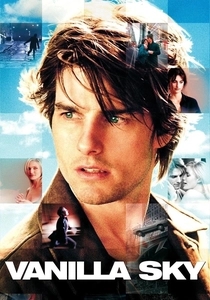
Vanilla Sky (2001)
Description: This film explores themes of identity, reality, and dreams, with the protagonist waking up to find his life has become a dream-like state. Its exploration of dream control and the blurring of reality makes it relevant to the theme.
Fact: The film is a remake of the Spanish film "Abre los ojos" (Open Your Eyes), and its ending leaves much open to interpretation regarding what is real and what is dream.
 Watch Now
Watch Now
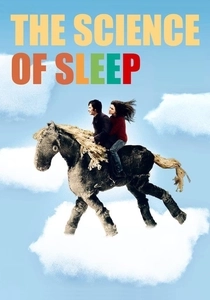
The Science of Sleep (2006)
Description: Michel Gondry's film blurs the line between dreams and reality, focusing on a man whose dreams influence his waking life. Its whimsical approach to dream logic and creativity makes it a unique addition to this list.
Fact: The film uses stop-motion animation to represent the dream sequences, reflecting the protagonist's job as an inventor of dream machines.
 Watch Now
Watch Now

Paprika (2006)
Description: In this anime, a device that allows therapists to enter patients' dreams is stolen, leading to a chaotic blend of reality and dreams. The film's vibrant animation and exploration of dream manipulation make it a standout in the genre.
Fact: The film was directed by Satoshi Kon, known for his dreamlike narratives. It influenced many aspects of Christopher Nolan's "Inception."
 Watch Now
Watch Now
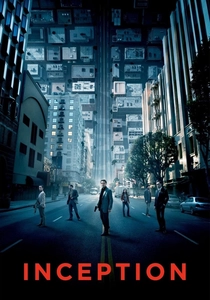
Inception (2010)
Description: Christopher Nolan's masterpiece delves into the concept of inception, where a team of experts enters the subconscious to plant an idea into a target's mind. The film's exploration of dream layers and the manipulation of reality makes it a cornerstone in the genre of lucid dreaming.
Fact: The film was inspired by a single line from a script about dream stealers, which Nolan expanded into a complex narrative. The spinning top, a key symbol in the film, was actually Nolan's own personal totem.
 Watch Now
Watch Now
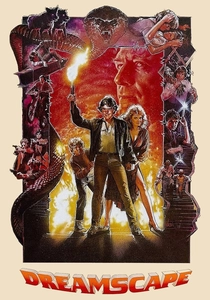
Dreamscape (1984)
Description: A psychic is recruited to enter people's dreams to stop nightmares, but he discovers a sinister plot. The film's premise of dream manipulation and the exploration of dream worlds fit perfectly into the theme.
Fact: The film was one of the first to explore the idea of entering and controlling dreams, predating many modern takes on the subject.
 30 Days Free
30 Days Free


